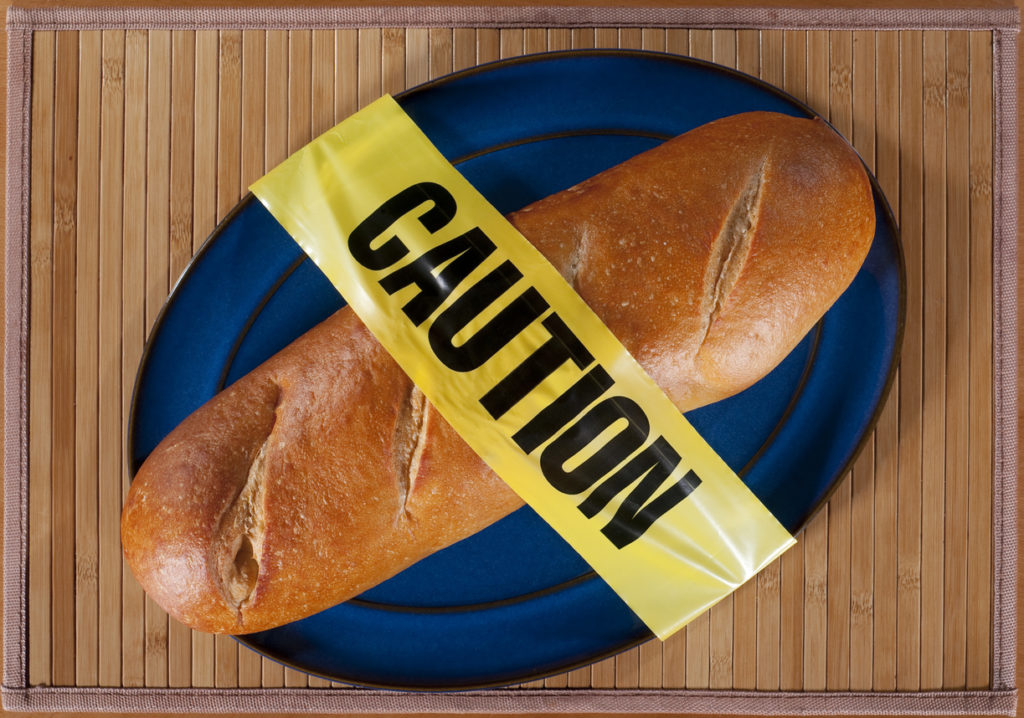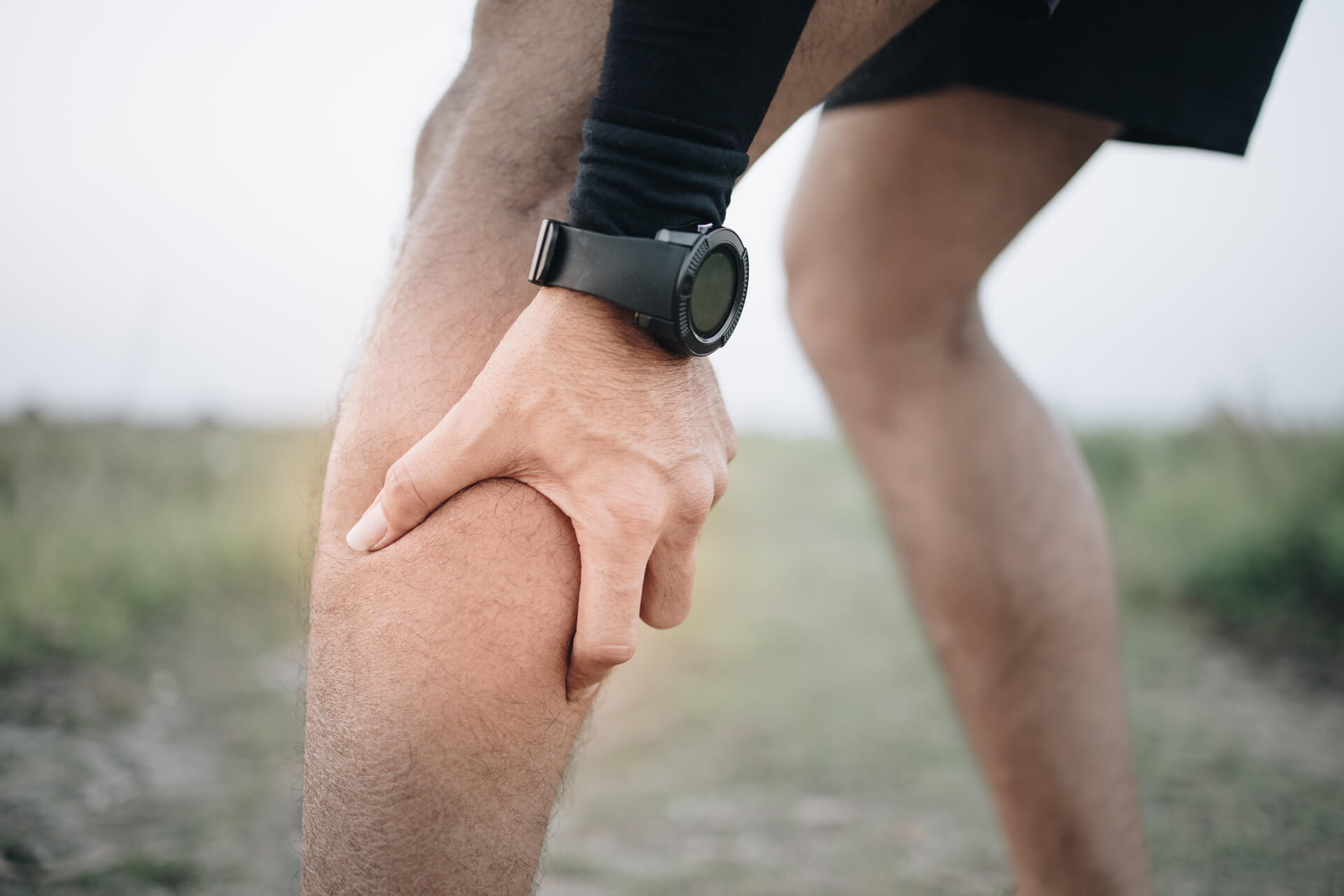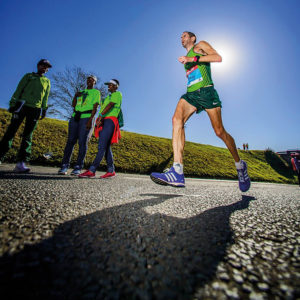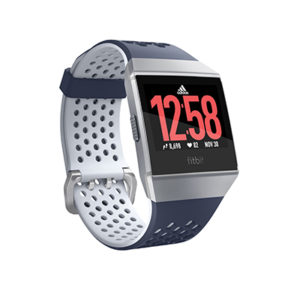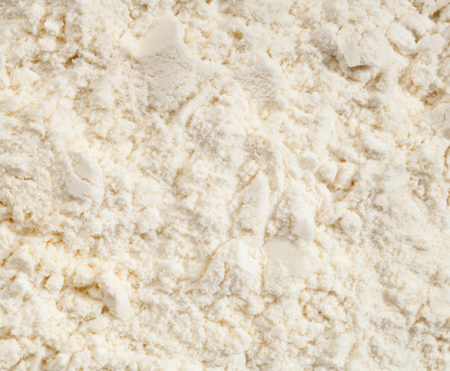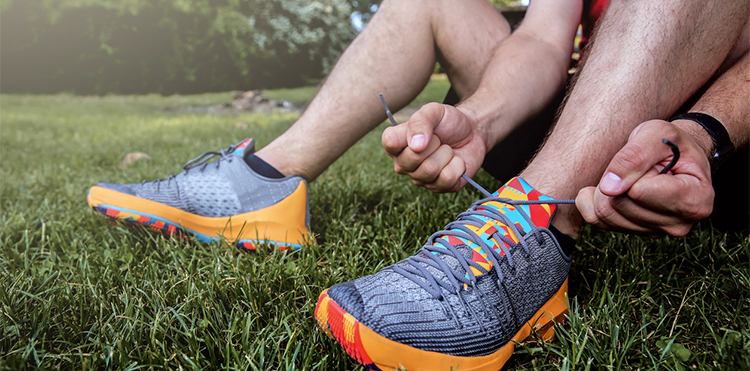A number of high-profile athletes, such as tennis players Novak Djokovic and Andy Murray, are now gluten free. Less recently, Paula Radcliffe found her gut problems were resolved after avoiding foods to which she was diagnosed as intolerant. These included wheat (a source of gluten) and dairy. The Paleo Diet, also known as the ‘caveman diet’, which excludes all grains and dairy products, is becoming increasingly popular among people seeking to improve both health and sports performance. But does this mean you should try going gluten- and dairy-free? Will it improve your running?
Should you or shouldn’t you?
Those with a medical diagnosis of coeliac disease, lactose intolerance or milk allergy have to exclude gluten or dairy from their diets. Others who currently experience digestive health issues, such as loose bowels, abdominal discomfort, excessive flatulence or bloating, but have no medical diagnosis, may also see a benefit from excluding gluten and/or dairy. If your digestive health is currently good, you are less likely to see performance benefits from excluding these food types, although some people may. However, it can be beneficial to widen the variety of foods in your diet, so feel free to sometimes choose gluten- or dairy-free meals and snacks in place of your usual favourites.
It’s perfectly possible to enjoy a healthy diet while excluding gluten and dairy products, so long as you make sure you choose largely natural, unprocessed foods, which provide a wide range of nutrients. The gluten-containing grains to be avoided – wheat, rye and barley – are good sources of B vitamins and magnesium, needed for energy production. This is one reason that pasta, made from wheat, is so popular with runners. Dairy foods such as milk, yogurt and cheese contain protein to help recovery from running and calcium to help maintain bone health. You will need to choose alternative sources of these nutrients if you exclude gluten and dairy from your diet. It’s important to note that, while oats do not contain gluten naturally, they are often grown in fields where contamination with gluten is a risk, so you will need to choose products labelled as containing gluten-free oats.
Cut it out
So, what should you eat to support your running if you are avoiding gluten and dairy? The night before a long run or a race, the following choices will provide a good mix of starchy carbohydrates, a little protein and a wide range of vitamins and minerals:
- Risotto, made with rice, chicken or prawns and vegetables (no cheese)
- Corn or rice pasta with chicken, vegetables and tomato sauce (no cheese)
- Baked sweet potato and grilled chicken
- Quinoa, steamed and mixed with vegetables and fish, chicken or hard-boiled egg
- New potato salad with poached salmon
- Sushi selection (six to eight pieces)
Then choose one of these breakfasts, eaten around two hours before you run:
- Gluten-free toast, with almond butter or mashed banana and honey
- Gluten-free porridge oats or quinoa flakes, with almond or soya milk
- Buckwheat pancakes with honey and berries
Or consume a gluten- and dairy-free energy bar, such as a Performax Sports Fuel Bar, Bounce Ball with Spirulina and Ginseng, or Pulsin’ Energy Bomb.
After your long run or race, you need to replenish your carbohydrate stores and take on board some protein to promote muscle recovery, ideally within 20 minutes. Most commercially available recovery drinks and bars use whey protein, which comes from milk. The best option is to make your own recovery drink, using an alternative protein powder, such as soya isolate, pea or hemp. These are available from health food shops or www.pulsin.co.uk. Blend the protein powder with fruit and non-dairy milk, such as coconut, almond, rice or soya. Gluten- and dairy-free recovery bars include Maple and Peanut Protein from Pulsin’, or Nakd Crunch bars and Trek Cocoa Coconut Protein Flapjack from www.naturalbalancefoods.co.uk

